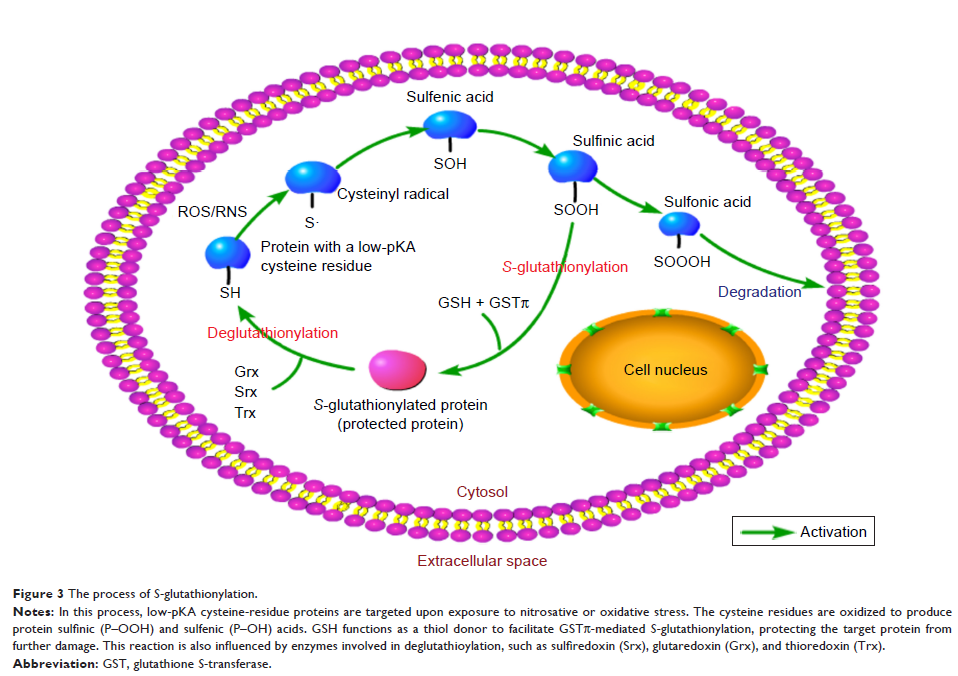108605
论文已发表
注册即可获取德孚的最新动态
IF 收录期刊
- 3.4 Breast Cancer (Dove Med Press)
- 3.2 Clin Epidemiol
- 2.6 Cancer Manag Res
- 2.9 Infect Drug Resist
- 3.7 Clin Interv Aging
- 5.1 Drug Des Dev Ther
- 3.1 Int J Chronic Obstr
- 6.6 Int J Nanomed
- 2.6 Int J Women's Health
- 2.9 Neuropsych Dis Treat
- 2.8 OncoTargets Ther
- 2.0 Patient Prefer Adher
- 2.2 Ther Clin Risk Manag
- 2.5 J Pain Res
- 3.0 Diabet Metab Synd Ob
- 3.2 Psychol Res Behav Ma
- 3.4 Nat Sci Sleep
- 1.8 Pharmgenomics Pers Med
- 2.0 Risk Manag Healthc Policy
- 4.1 J Inflamm Res
- 2.0 Int J Gen Med
- 3.4 J Hepatocell Carcinoma
- 3.0 J Asthma Allergy
- 2.2 Clin Cosmet Investig Dermatol
- 2.4 J Multidiscip Healthc

谷胱甘肽 S-转移酶 π: 抗肿瘤治疗的潜在作用
Authors Dong S, Sha H, Xu X, Hu T, Lou R, Li H, Wu J, Dan C, Feng J
Received 31 March 2018
Accepted for publication 27 June 2018
Published 23 October 2018 Volume 2018:12 Pages 3535—3547
DOI https://doi.org/10.2147/DDDT.S169833
Checked for plagiarism Yes
Review by Single-blind
Peer reviewers approved by Dr Colin Mak
Peer reviewer comments 3
Editor who approved publication: Dr Anastasios Lymperopoulos
Abstract: Glutathione S-transferase π (GSTπ) is a Phase II metabolic enzyme that
is an important facilitator of cellular detoxification. Traditional dogma
asserts that GSTπ functions to catalyze glutathione (GSH)-substrate conjunction
to preserve the macromolecule upon exposure to oxidative stress, thus defending
cells against various toxic compounds. Over the past 20 years, abnormal GSTπ
expression has been linked to the occurrence of tumor resistance to
chemotherapy drugs, demonstrating that this enzyme possesses functions beyond
metabolism. This revelation reveals exciting possibilities in the realm of drug
discovery, as GSTπ inhibitors and its prodrugs offer a feasible strategy in
designing anticancer drugs with the primary purpose of reversing tumor
resistance. In connection with the authors’ current research, we provide a
review on the biological function of GSTπ and current developments in
GSTπ-targeting drugs, as well as the prospects of future strategies.
Keywords: tumor resistance, glutathione S-transferase pi,
drug treatment
